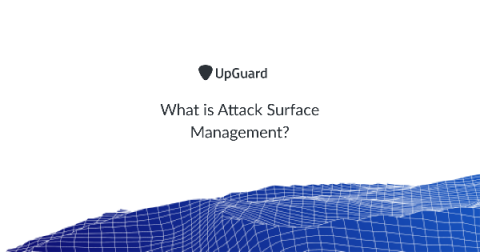What is Continuous Security Monitoring?
Continuous security monitoring (CSM) is a threat intelligence approach that automates the monitoring of information security controls, vulnerabilities, and other cyber threats to support organizational risk management decisions. Organizations need real-time visibility of indicators of compromise, security misconfiguration, and vulnerabilities in their infrastructure and networks.











